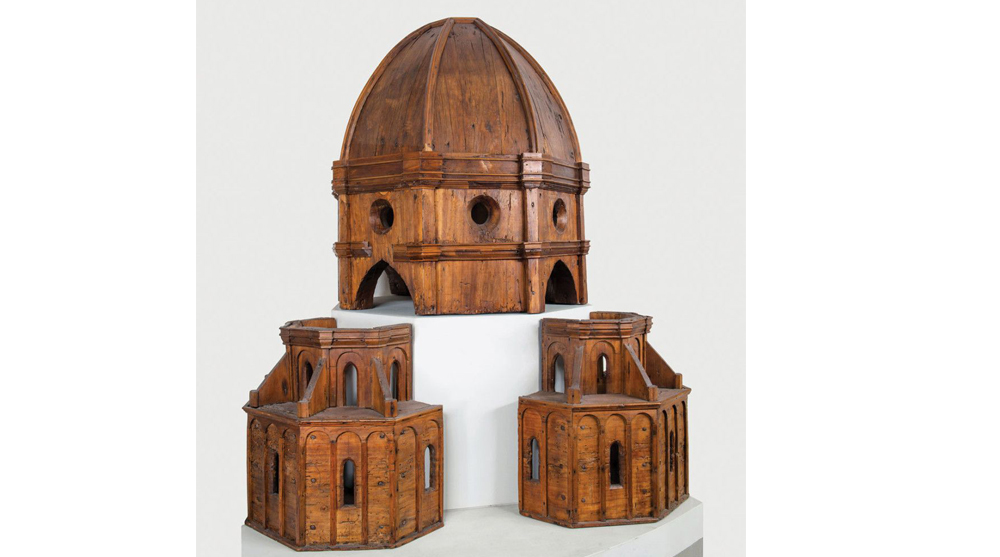Architectural models have a rich history dating back to 4600 B.C.E., when they were used as representations for gifts and offerings. However, it was not until Filippo Brunelleschi designed the Florence Cathedral Dome that models were used to explore construction and design techniques. Brunelleschi used a model as a means of more clearly communicating his design to craftsmen involved in the construction, enabling verification and control to ensure that the structure was tested beforehand. Later on, the objectification of models gave them a new form of beauty.
More recently, model making played a crucial role in securing the construction of one of the world’s most iconic landmarks, the Sydney Opera House. Jørn Utzon won an architecture competition for his design, but it was initially considered structurally unsound and not approved for construction. Utzon presented a simple wooden architectural model demonstrating the solution to engineering the now-famous “shells” that would form the roof from the surface of a sphere, and it was approved.
This example illustrates the power and importance of even simple model making to support architectural design proposals. It shows that model making can provide low-tech solutions to complex structural problems and effectively communicate designs to clients and construction teams.

